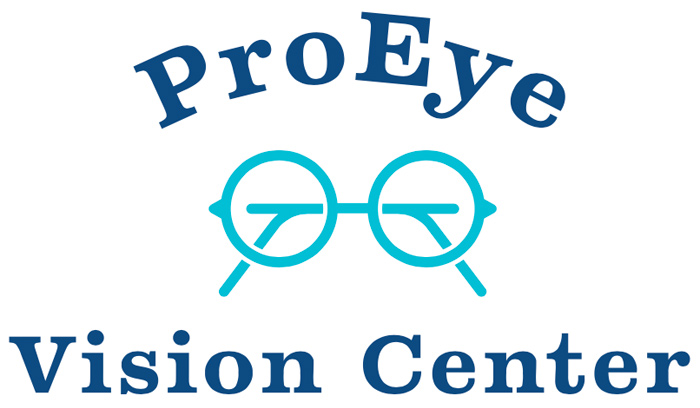Diabetes is a common chronic metabolic disorder affecting approximately 30 million Americans and can lead to a wide range of health complications. One of the lesser-known yet significant areas of concern is its impact on the eyes. Uncontrolled diabetes can adversely affect vision and even lead to severe eye problems if left untreated. According to the World Health Organization, diabetes is THE leading cause of NEW cases of blindness between 20–74 years of age.
Complications
- Diabetic retinopathy is the most common eye complication associated with diabetes. It occurs when high blood sugar levels damage the blood vessels in the retina. Initially, diabetic retinopathy may not cause noticeable symptoms, but as it progresses, these unhealthy blood vessels can leak, causing bleeding in the back of the eye. If the retinopathy progresses, it may necessitate treatment with injections, laser therapy, and/or surgery.

- Diabetic macular edema (DME) is a specific type of diabetic retinopathy that affects the macula, the central part of the retina responsible for sharp, detailed vision. In this condition, these sick blood vessels leak fluid into the macula, causing it to swell. Consequently, individuals with DME may experience blurry or distorted vision, making it challenging to read, recognize faces, or drive.
- According to the National Eye Institute, adults with diabetes are 2–5 times more likely to develop cataracts, a condition characterized by the clouding of the eye’s natural lens. While cataracts are common among the elderly, individuals with diabetes may develop them at an earlier age and progress more rapidly. Cataract surgery may be necessary if the visual impairment becomes significant.
- Diabetes also raises the risk of developing glaucoma, a group of eye diseases characterized by damage to the optic nerve. In glaucoma, the pressure inside the eye increases, leading to gradual vision loss if left untreated. Diabetics are nearly twice as likely to develop glaucoma as stated by the NEI. Glaucoma is frequently a silent disease with few or no symptoms to look for.
Prevention & management

- Strict blood sugar control: Maintaining optimal blood sugar levels can significantly reduce the risk of developing diabetic eye complications. Regular monitoring, medication adherence, healthy eating habits, and regular exercise play crucial roles in managing diabetes effectively.
- Regular eye examinations: Routine eye exams are essential for early detection and treatment of diabetic eye complications. Eye care professionals can closely monitor any changes in the eye and provide appropriate interventions to preserve vision.
- Blood pressure and cholesterol management: Diabetes often coexists with high blood pressure and elevated cholesterol levels, which can further increase the risk of eye problems. Controlling these conditions through lifestyle modifications and prescribed medications is crucial.
- Lifestyle modifications: Adopting a healthy lifestyle, including a balanced diet, regular exercise, avoiding smoking, and limiting alcohol consumption, can positively impact overall health, including eye health.
Early detection is imperative when monitoring and managing diabetic patients. Often, there are no real symptoms to notice with diabetic retinopathy, glaucoma, and cataracts. It is recommended to see your eye doctor at least once a year (sometimes more) in addition to maintaining good blood sugar levels, blood pressure, and cholesterol. To schedule your diabetic eye exam please request an appointment with one of our doctors.





